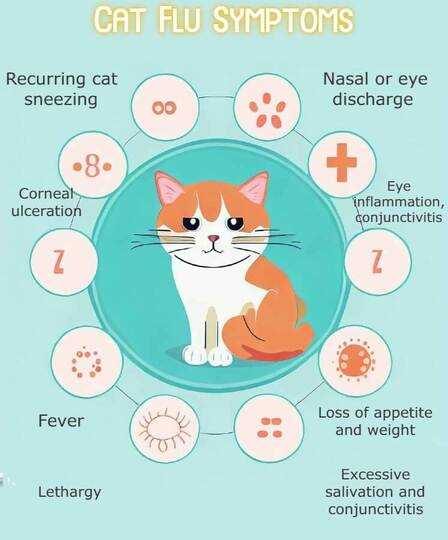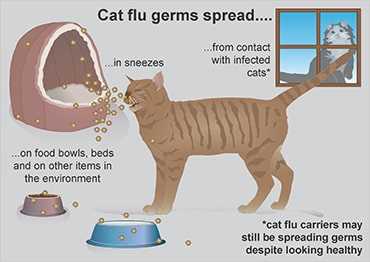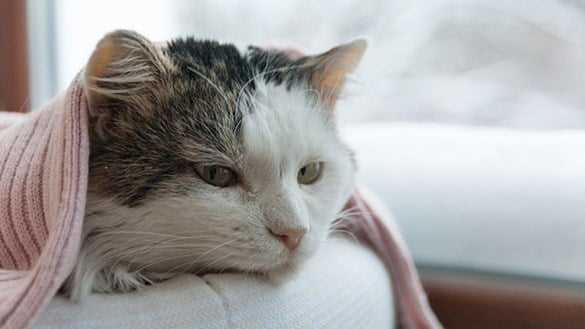As soon as I notice signs of respiratory distress–coughing, sneezing, or a runny nose–I make sure to keep my surroundings cozy and warm. A comfortable space can significantly improve my overall well-being.
Hydration is key. I ensure there’s always fresh water available, as it helps me stay hydrated while I am feeling under the weather. Sometimes, I prefer warm broth, which can be more appealing and soothing.
Nutritional support is also vital. I opt for easy-to-digest food, often warm it slightly to enhance its aroma. This encourages me to eat, even when my appetite isn’t the best. If I’m really struggling, a little bit of tuna or chicken broth can be enticing.
It’s wise to monitor my temperature regularly. A fever can indicate a more serious issue, so it’s smart to keep an eye on my wellbeing. If my temperature exceeds 102.5°F, it’s time to ring up my human’s vet for advice.
Rest is essential. I find a quiet corner to snooze, allowing my body to focus on recovery. Sometimes, just curling up with my favorite blanket does wonders.
If symptoms persist or worsen, my human should consult a vet promptly. Professional guidance ensures that I get the right care and any necessary treatments tailored to my needs.
Effective Remedies for a Feline Cold
Stay hydrated. Ensure access to fresh water at all times. Dehydration can worsen symptoms. Offer wet food, as it contains moisture and is easier to consume.
Maintain a warm environment. Cats need a cozy space to recover. Use blankets or a warm bed to help them feel secure and comfortable.
Consider steam therapy. Running a hot shower with the bathroom door closed can create steam, which may ease nasal congestion. Supervise your furry friend during this process.
Monitor for loss of appetite. If eating becomes difficult, try warming up meals slightly or offering strong-smelling foods like fish or chicken to entice them.
Keep the litter box clean. A tidy area encourages your pet to use it, which is crucial during recovery. Monitor for any changes in litter habits, as it can indicate complications.
Prevent exposure to drafts. Close windows and doors to keep the area warm and reduce the risk of further illness.
Consult a veterinarian if symptoms persist beyond a few days or worsen. Early intervention can prevent complications and ensure a smooth recovery.
| Symptom | Recommended Action |
|---|---|
| Sneezing | Use a humidifier or steam therapy |
| Loss of appetite | Offer warm, aromatic food |
| Watery eyes | Gently clean with a damp cloth |
| Lethargy | Ensure a comfortable, warm resting place |
Identifying Symptoms of Cat Flu

Recognizing the signs of illness is crucial. Watch for sneezing and nasal discharge, which could indicate respiratory issues. Clear or cloudy mucus can be a red flag. Also, pay attention to coughing, lethargy, and a decrease in appetite. If I’m hiding more than usual or showing a lack of interest in play, it might signal something’s off.
Other Warning Indicators
Fever is another concern; feel for warmth in the ears or paws. Keep an eye on my eyes too–redness or discharge can mean trouble. If I’m grooming less, this could be a sign of discomfort or illness. Remember to observe any changes in behavior, such as increased irritability or withdrawal from family activities.
While you’re at it, check out these best toys for destructive cats to keep me entertained during recovery. If symptoms persist, seeking help from a vet is necessary.
Additionally, if you’re working on your home setup, consider the best setup for air compressor for any DIY projects that might require some extra air power!
Creating a Comfortable Recovery Environment
Settle me in a quiet, cozy spot away from household hustle. A soft blanket or bed will make a world of difference. Ensure the area is dimly lit to promote relaxation and sleep.
Maintain a comfortable temperature; I prefer a warm space, but not too hot. A gentle heating pad or a warm water bottle wrapped in a towel can provide extra comfort.
Keep my water and food close by. I need to stay hydrated and nourished, so having everything within reach helps me not to exert too much energy.
Minimize noise and disturbances. Soft music or white noise can soothe, but avoid loud sounds that might startle me.
Provide a litter box nearby to avoid unnecessary trips. Clean it regularly to ensure it’s pleasant for me to use.
Consider using a pheromone diffuser to create a calming atmosphere. It helps reduce stress and makes recovery smoother.
Regularly check on me without crowding my space. Your presence is comforting, but I appreciate moments of peace to rest and recuperate.
Choosing the Right Food and Hydration Options
During illness, it’s crucial to adjust the diet for optimal recovery. Soft, easily digestible meals are a must. Consider wet food options, as they provide hydration alongside nutrition. Look for formulas enriched with vitamins and minerals to support the immune system.
Hydration is Key
Fluid intake is paramount. Offer fresh water frequently, and consider adding a bit of low-sodium chicken broth to encourage drinking. If liquid intake is low, an oral rehydration solution designed for felines can be beneficial.
Tempting Treats
Incorporate palatable snacks to stimulate appetite. Boiled chicken or turkey, shredded and served warm, can be irresistible. Avoid dairy products; many felines are lactose intolerant. Monitor food reactions closely and adjust as necessary to ensure comfort and well-being.
Administering Medication Safely
Always follow the veterinarian’s instructions for dosage and timing. Use a syringe or pill popper for precise delivery, especially if I’m not keen on swallowing pills. If the medication is liquid, ensure it’s at room temperature for better acceptance.
Consider these points:
- Wrap me gently in a towel to prevent squirming. This makes it easier to administer without stress.
- Offer a treat immediately after giving medication. It helps associate the experience with something positive.
- Check for any signs of adverse reactions post-administration. Monitor for unusual behavior or symptoms.
Always administer meds in a calm, quiet space. This reduces anxiety and helps me feel more secure during the process. If I refuse to take the medicine, consult the vet for alternatives or suggestions.
Maintain a consistent schedule for medications. This builds a routine and makes it easier for me to anticipate and accept the process.
Avoid giving human medications, as they can be harmful. Stick to prescribed options only. Remember, my health depends on careful and considerate handling of my treatment.
When to Consult a Veterinarian
If my human notices persistent lethargy or loss of appetite lasting more than a couple of days, it’s time to seek professional advice. A high fever, particularly over 103°F (39.4°C), signals the need for immediate evaluation. Sneezing or nasal discharge that worsens instead of improving could indicate a more serious infection requiring medical intervention.
Watch for Severe Symptoms

Difficulty breathing, excessive coughing, or any signs of distress should prompt a visit to the clinic right away. If my eyes are watery or if I seem to have difficulty swallowing, these could be red flags that warrant a check-up. Any behavioral changes, such as hiding or aggression, can indicate discomfort or pain that needs professional assessment.
Consider Additional Health Factors

For older felines or those with pre-existing health conditions, even mild symptoms can escalate quickly. If my human has concerns about my hydration levels or if I haven’t been using the litter box regularly, consulting a veterinarian is crucial. It’s better to be safe and ensure that I receive the right care to get back to my playful self.
Preventing Future Flu Outbreaks

Regular veterinary check-ups are crucial. Consistent health assessments help spot any issues early, reducing the risk of illness spreading.
Vaccination is key. Ensure that all furry friends receive their vaccinations on schedule. This enhances immunity and protects against common viruses.
Maintain a clean environment. Disinfect shared spaces and items, including toys, bowls, and bedding, to minimize the spread of germs.
- Use pet-safe disinfectants for surfaces.
- Wash bedding weekly in hot water.
- Provide separate food and water bowls.
Limit interaction with unfamiliar animals. Introduce new pets gradually and keep them separated until you’re sure they’re healthy.
Monitor the health of all residents. Keep an eye out for any signs of respiratory illness and isolate affected individuals promptly.
Offer a balanced diet rich in vitamins and minerals. Proper nutrition supports the immune system, making it easier to fend off infections.
- Incorporate wet food for hydration.
- Include foods high in antioxidants.
Maintain a stress-free atmosphere. Stress can weaken the immune response, so provide a calm and secure environment.
Encourage regular exercise and play. Keeping active helps improve overall health and resilience against illnesses.
Stay informed about common illnesses and outbreaks in the area. Knowledge allows for quicker action if a problem arises.






